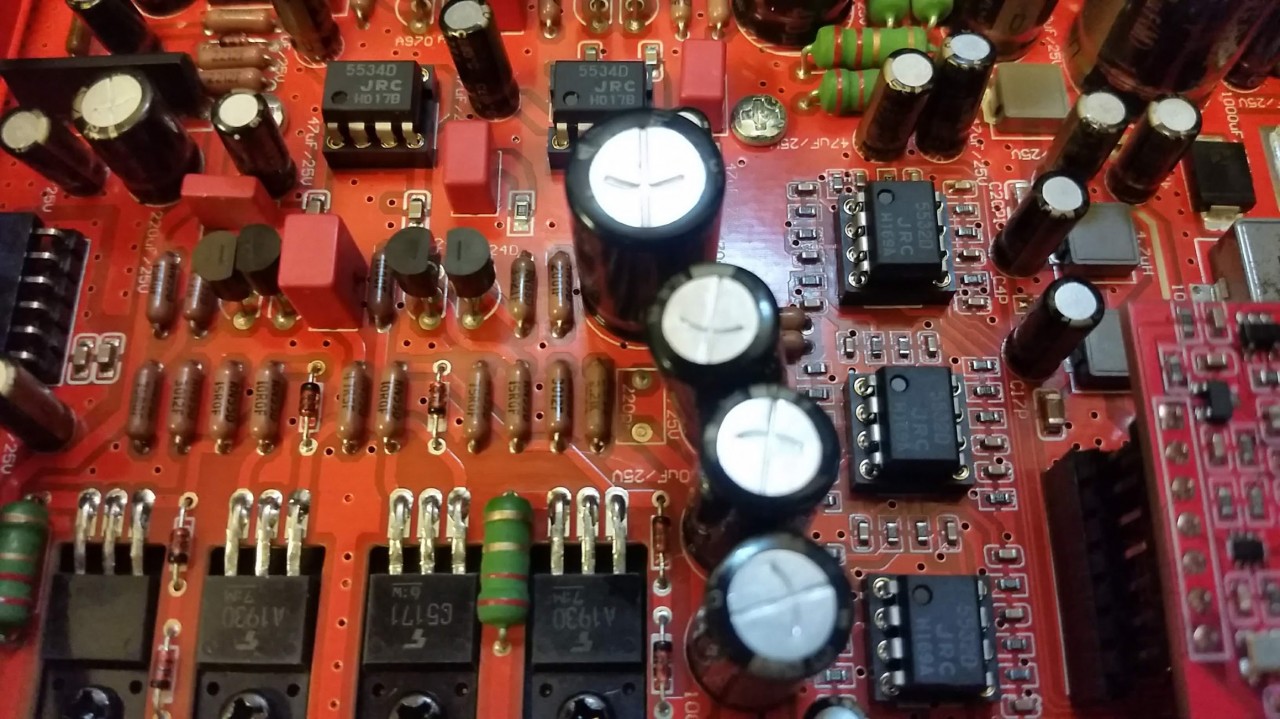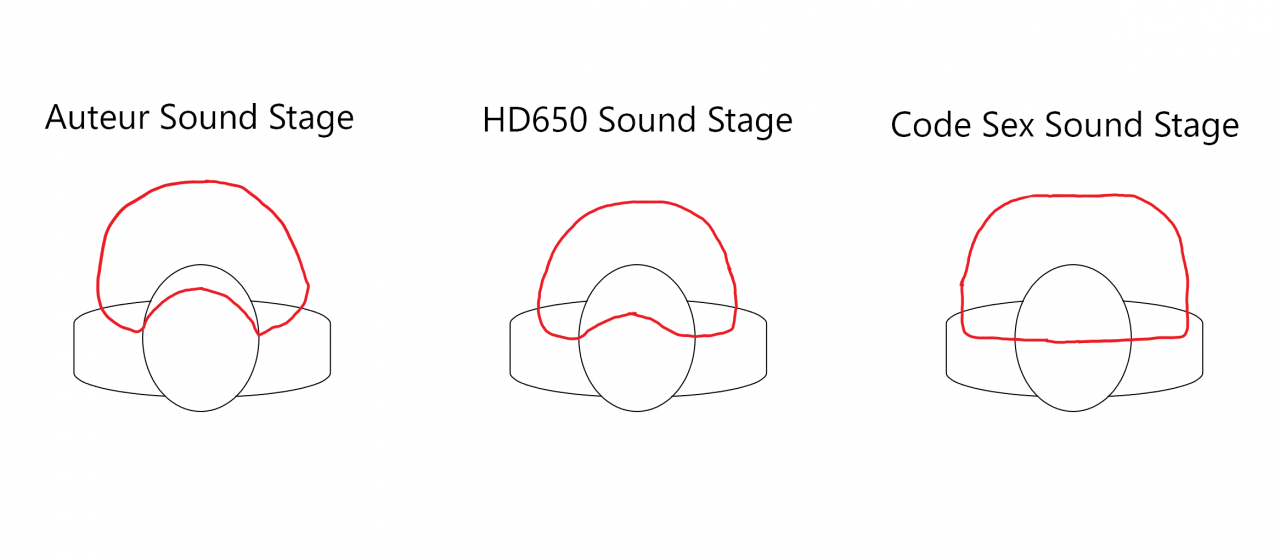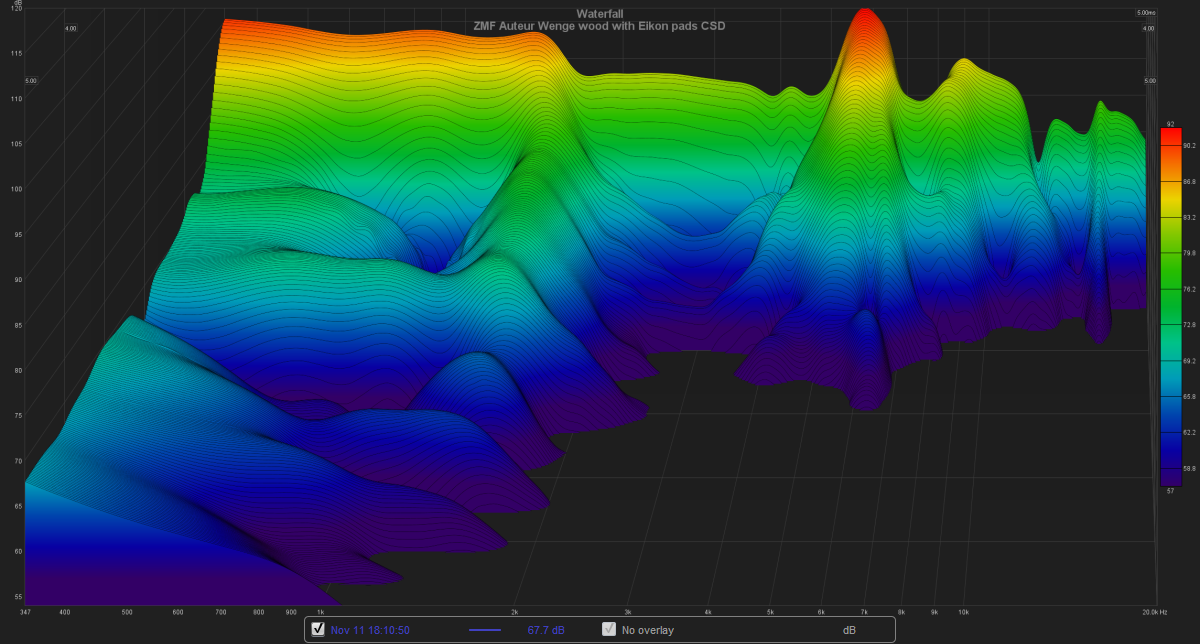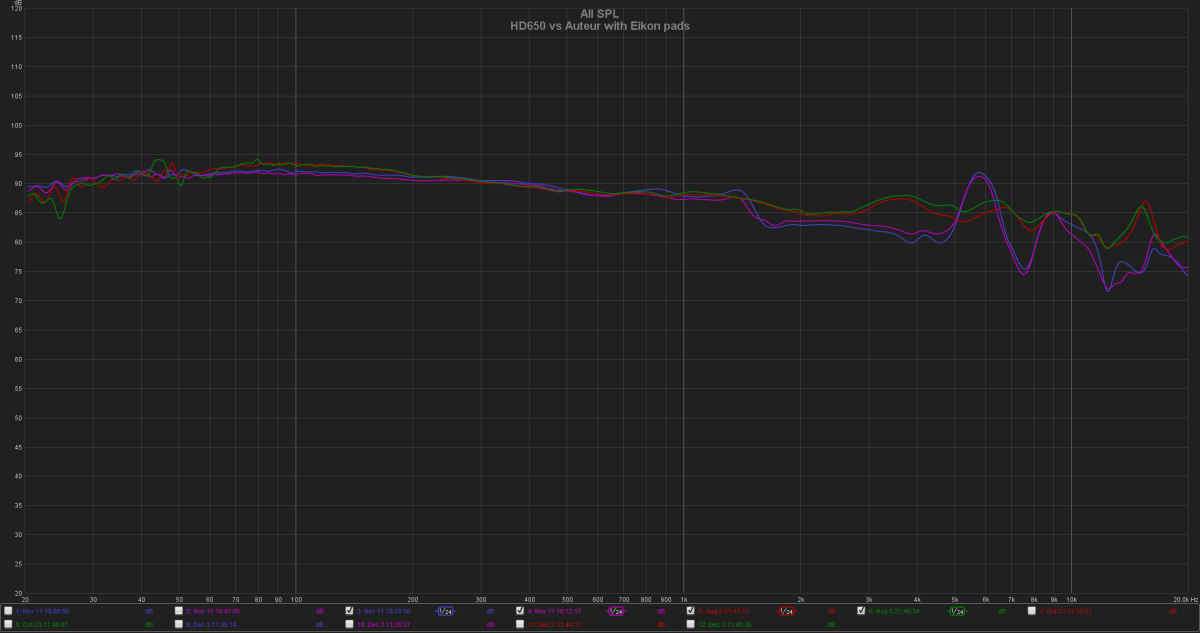Burson Play
https://www.bursonaudio.com/products/play/
The Burson Play is quite the competent product! It only has one input, USB, and preamp outputs that can be used with a power amp or active monitors.
It's meant to be an AIO device that can be placed in a computer bay drive to integrate with your desktop in a sleek and minimalistic way. It can also be used as a standalone AIO solution.
Power is provided by an included power brick or SATA cable connection to your computer PSU. There is also a mic input on the front for a microphone for chat and online gaming. I did not try this feature.
One of the features of the Burson amps is Opamp rolling. I'm not sure which Opamps are in this particular model but assume they are the NE5532 X 3, NE5543 X 2 from the PLAY Basic option. I will try and find out.
Yup, my unit is basic option:

So, how does it sound? In a word, correct. It doesn't do anything to draw you in or have a crazy 3D sound stage, tube bloom or enhanced attack or extended decay. It just sounds correct.
It's funny, because I'm going back and forth between my main headphone rig and the PLAY and it's very enjoyable.

Singxer SU-1>Yggy Analog 2/Holo Spring L1>EC Aficionado/ECP DSHA-1>PMx2, Utopia, Elex, HD650, HE-500
vs
Burson PLAY>headphones
Listening was done at ~75dB with each headphone. I'll provide volume level used for each headphone.
(A note, as I saw some people saying they used vastly higher volume numbers, I do have Windows xCORE USB Audio 2.0 at 100%)
With PMx2, the sound is very clean. Bass is extended, without bloom or added mid bass. Midrange is present and voices and instruments are placed appropriately in the mix.
The highs are well integrated and sound clear but never harsh or brittle. Imaging is very good, layering is lacking compared to Multibit DACs but is more comparable to RME ADI-2 DAC. Volume at 5.
Paired with Utopia, you get a very reference sound. Sound stage with Utopia collapses a bit but you are left with not a window but a clear opening that lets you hear the music.
It's staggeringly clear and uncolored. Bass might be a little light for some with this pairing but it is well extended and fast.
Utopia can tend to have a forward sound and the PLAY does a good job of controlling this so music doesn't become fatiguing.
I did note some very slight noise with Utopia but it is one of the most sensitive headphones out there so this shouldn't be an issue. Volume at 5.
Elex didn't fair as well with PLAY. It's certainly not a bad pairing, but it didn't have that music engagement that Utopia and PMx2 were capable of with PLAY.
Treble was the biggest issue, being slightly unrefined with a couple hot spots at 6, 9 and 12kHz (These harmonic frequencies are present in Elex, Clear and Utopia to varying degrees.).
The overall sound was listenable but you might opt for warmer op amps than the ones I had in my PLAY. Volume at 6.
HD650M, like Elex was just passable on PLAY. It presented the music in a more mid focused/forward manner, which meant both bass and high frequencies were lacking a touch.
The sound stage was clear and well presented, a nice theme is seems. My HD650 is modded, thus the “M” designation, with custom rear damping and coin mod to remove the foam in front of the drivers.
This makes them have a little less bass than stock as well as a brighter/slightly more forward sound. I think a stock HD650/HD6XX would pair well with PLAY. Volume at 8.
Listening with HE-500, I start noticing a trend. There's that mid focus again. Bass and treble take a back seat. I wonder if this is a current limiting issue?
Compared to the DSHA-1 and Aficionado, power supply size is severely lacking. This isn't a fault or criticism of PLAY, it's just a fact.
Due to the size and features Burson wanted to incorporate in PLAY, compromises had to be made. Volume at 8.
I briefly tried using the PLAY as a preamp >Vidar>speakers. As soon as I turned it on, there was noise from the USB, a hash and digital sound that is the pest of digital audio.
I have heard very few systems that didn't have some level of noise, and only a few DACs and DDC converters have true isolated inputs.
I was worried when I read that Burson chose the SABRE32/ESS9018 DAC chip as previous implementations I've heard have been bright and unmusical.
Burson has done an excellent job of tuning the PLAY around the SABRE chip. I'm sure the pure Class A topology has a lot to do with that. The Xmos USB drivers are rock solid for me.
No stuttering or drop outs even when streaming music and playing games. Unfortunately, I can't isolate the DAC from the amp, so no impressions of how the amp performs with my other DACs.
It would be fun to try some of Burson's other dedicated amps to hear that Class A sound in all of it's glory.
For the price, the Burson PLAY is hard to beat. An AIO system that can integrate into your computer, with a preamp output, and accept mic input all while having clear and fatigue free sound, that's quite the feat for $300.
https://www.bursonaudio.com/products/play/
The Burson Play is quite the competent product! It only has one input, USB, and preamp outputs that can be used with a power amp or active monitors.
It's meant to be an AIO device that can be placed in a computer bay drive to integrate with your desktop in a sleek and minimalistic way. It can also be used as a standalone AIO solution.
Power is provided by an included power brick or SATA cable connection to your computer PSU. There is also a mic input on the front for a microphone for chat and online gaming. I did not try this feature.
One of the features of the Burson amps is Opamp rolling. I'm not sure which Opamps are in this particular model but assume they are the NE5532 X 3, NE5543 X 2 from the PLAY Basic option. I will try and find out.
Yup, my unit is basic option:

So, how does it sound? In a word, correct. It doesn't do anything to draw you in or have a crazy 3D sound stage, tube bloom or enhanced attack or extended decay. It just sounds correct.
It's funny, because I'm going back and forth between my main headphone rig and the PLAY and it's very enjoyable.

Singxer SU-1>Yggy Analog 2/Holo Spring L1>EC Aficionado/ECP DSHA-1>PMx2, Utopia, Elex, HD650, HE-500
vs
Burson PLAY>headphones
Listening was done at ~75dB with each headphone. I'll provide volume level used for each headphone.
(A note, as I saw some people saying they used vastly higher volume numbers, I do have Windows xCORE USB Audio 2.0 at 100%)
With PMx2, the sound is very clean. Bass is extended, without bloom or added mid bass. Midrange is present and voices and instruments are placed appropriately in the mix.
The highs are well integrated and sound clear but never harsh or brittle. Imaging is very good, layering is lacking compared to Multibit DACs but is more comparable to RME ADI-2 DAC. Volume at 5.
Paired with Utopia, you get a very reference sound. Sound stage with Utopia collapses a bit but you are left with not a window but a clear opening that lets you hear the music.
It's staggeringly clear and uncolored. Bass might be a little light for some with this pairing but it is well extended and fast.
Utopia can tend to have a forward sound and the PLAY does a good job of controlling this so music doesn't become fatiguing.
I did note some very slight noise with Utopia but it is one of the most sensitive headphones out there so this shouldn't be an issue. Volume at 5.
Elex didn't fair as well with PLAY. It's certainly not a bad pairing, but it didn't have that music engagement that Utopia and PMx2 were capable of with PLAY.
Treble was the biggest issue, being slightly unrefined with a couple hot spots at 6, 9 and 12kHz (These harmonic frequencies are present in Elex, Clear and Utopia to varying degrees.).
The overall sound was listenable but you might opt for warmer op amps than the ones I had in my PLAY. Volume at 6.
HD650M, like Elex was just passable on PLAY. It presented the music in a more mid focused/forward manner, which meant both bass and high frequencies were lacking a touch.
The sound stage was clear and well presented, a nice theme is seems. My HD650 is modded, thus the “M” designation, with custom rear damping and coin mod to remove the foam in front of the drivers.
This makes them have a little less bass than stock as well as a brighter/slightly more forward sound. I think a stock HD650/HD6XX would pair well with PLAY. Volume at 8.
Listening with HE-500, I start noticing a trend. There's that mid focus again. Bass and treble take a back seat. I wonder if this is a current limiting issue?
Compared to the DSHA-1 and Aficionado, power supply size is severely lacking. This isn't a fault or criticism of PLAY, it's just a fact.
Due to the size and features Burson wanted to incorporate in PLAY, compromises had to be made. Volume at 8.
I briefly tried using the PLAY as a preamp >Vidar>speakers. As soon as I turned it on, there was noise from the USB, a hash and digital sound that is the pest of digital audio.
I have heard very few systems that didn't have some level of noise, and only a few DACs and DDC converters have true isolated inputs.
I was worried when I read that Burson chose the SABRE32/ESS9018 DAC chip as previous implementations I've heard have been bright and unmusical.
Burson has done an excellent job of tuning the PLAY around the SABRE chip. I'm sure the pure Class A topology has a lot to do with that. The Xmos USB drivers are rock solid for me.
No stuttering or drop outs even when streaming music and playing games. Unfortunately, I can't isolate the DAC from the amp, so no impressions of how the amp performs with my other DACs.
It would be fun to try some of Burson's other dedicated amps to hear that Class A sound in all of it's glory.
For the price, the Burson PLAY is hard to beat. An AIO system that can integrate into your computer, with a preamp output, and accept mic input all while having clear and fatigue free sound, that's quite the feat for $300.
















